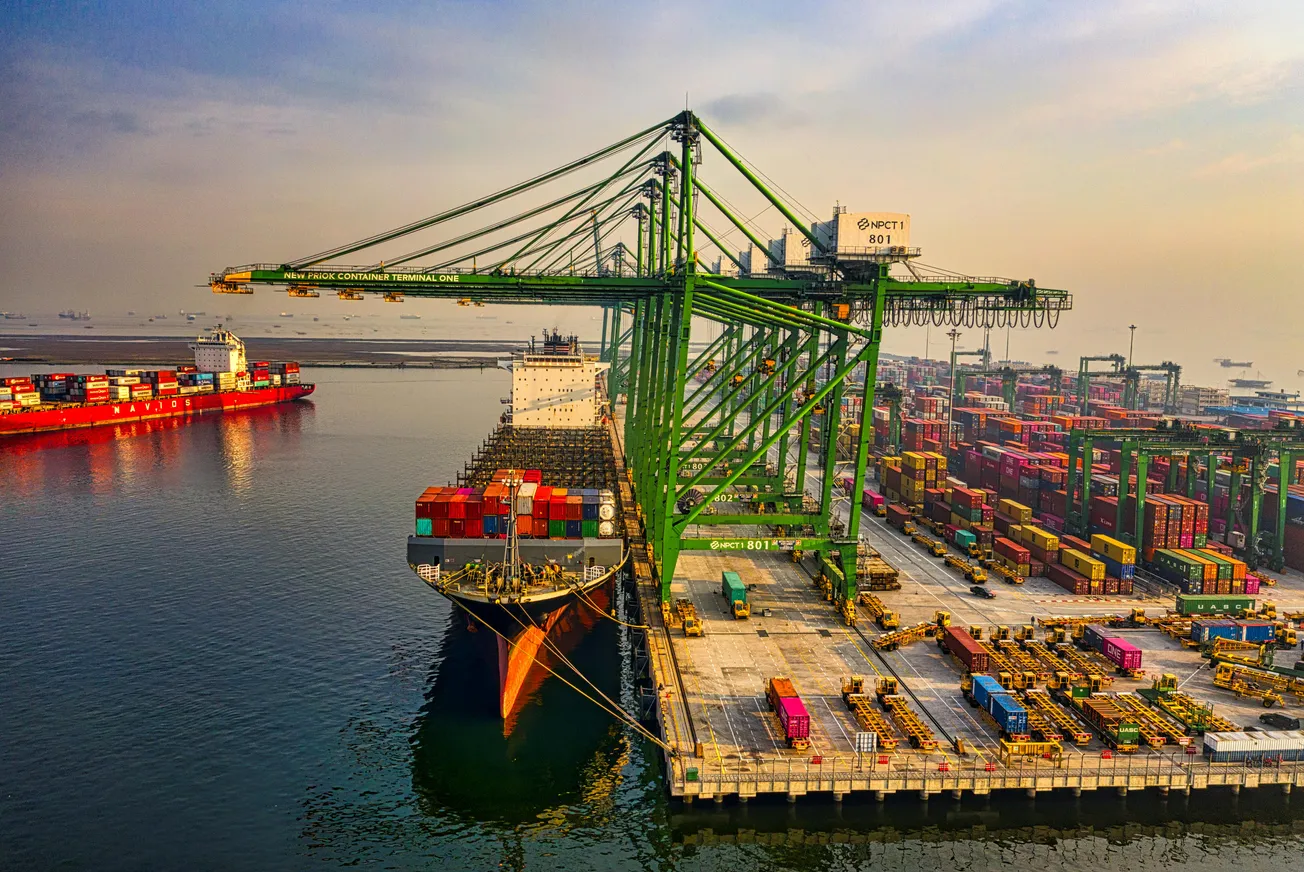Tesco is a British global retailer of groceries and general merchandise, founded by Jack Cohen in 1919 in London (Meng, 2024). What began as a modest market‑stall offering excess groceries has transformed into one of the UK’s largest and most successful retail businesses.
It operates in multiple formats—hypermarkets, convenience‐stores, and an e‑commerce platform—serving millions of customers weekly.
Facing evolving consumer behaviour, intensifying competition, and operational pressure, Tesco has embraced broad transformational change centered on digitisation, automation and customer‑centric innovation.
The Scale & Scope of Transformation
Tesco’s business‑transformation efforts are wide‑ranging. They include:
- Digital infrastructure investments: According to analyst data, Tesco’s ICT (information & communications technology) spending in recent years approached US$2 billion for 2024, covering cloud, big data, AI, robotics and in‑store technology.
- Omnichannel integration: Tesco has evolved from “brick‑only” retail to seamlessly linking physical stores, digital platforms, home‑delivery, click‑and‑collect, and marketplace models.
- Data & loyalty leadership: Through its Clubcard loyalty scheme (used by millions of households) it leverages customer data for tailored offers, personalisation, and enhanced engagement.
Business‑Transformation Impacts
1. Operational Efficiency & Supply‐Chain Resilience
By implementing automation, predictive analytics and digital tools, Tesco has improved inventory management, reduced waste and enhanced fulfilment speed. For example, the shift to data‑driven forecasting supports more efficient store replenishment and fewer out‑of‑stocks.
2. Enhanced Customer Experience & Loyalty
Transformation has enabled Tesco to deliver smoother customer journeys—whether online, in‑store or combined. Personalised promotions via digital channels strengthen retention, and integration of loyalty data supports one‑to‑one interactions rather than mass offers.
3. Strategic Agility & Business Model Evolution
With the macro‑environment shifting (cost‑of‑living pressures, online competition, sustainability imperatives), Tesco’s ability to reconfigure operations, enter new formats, and exit non‑core businesses is critical.
For example, the sale of the bulk of its banking business to Barclays PLC in 2024 for £700 m freed up capital and allowed Tesco to focus on its core retail operations.
Key Challenges Still Ahead
- Legacy inertia: Many traditional retailers struggle to embed digital culture, restructure legacy systems and align organisational silos. Studies of Tesco flag issues such as fragmented customer‑journey data and change‑management gaps.
- Balancing cost & differentiation: As Tesco pursues efficiency, it must avoid commoditising itself and ensure value is perceived, not just delivered.
- Data/privacy risks: Heavy reliance on customer data for personalisation and AI introduces privacy, security and ethical risks—especially as AI becomes more embedded.
Implications for Industry Players
Retailers, vendors, and supply‑chain partners should note that transformation at Tesco is not just internal: it reshapes the ecosystem.
Suppliers may face new demands for automation‑friendly packaging; logistics vendors may need faster fulfilment; technology providers have increased opportunity in machine‑learning, IoT and digital retail platforms.
The lesson: transformation isn’t optional—it’s central to staying relevant in a shifting landscape.
Tesco’s journey from a market stall to a digitally‑driven retail giant epitomises transformational change. By aligning strategy, technology and operations around customer value, Tesco is reinventing what it means to be a retailer in the 2020s.
For organisations focused on omnichannel retail, infrastructure, and customer experience, Tesco’s case offers valuable insight—and a reminder that transformation is a continuous process, not a one‑time project.







